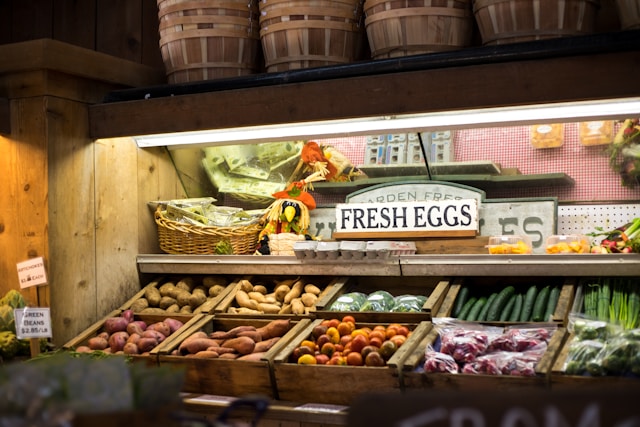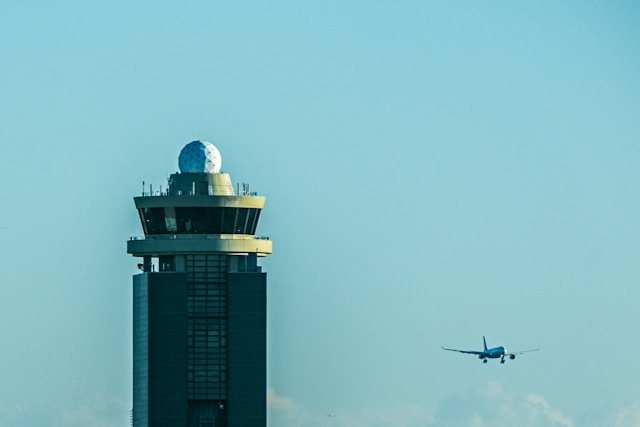


The price of eggs in the United States has reached an all-time high, with a dozen eggs now costing an average of $4.95, nearly double the price from just a year ago. In major cities like Chicago, New York, and San Francisco, prices have soared even higher, reaching $8 to $10 per dozen. This dramatic increase has turned a breakfast staple into a luxury for many Americans, prompting the Trump administration to unveil a $1 billion plan to bring prices down and address the crisis's root causes.
The primary driver of the egg price surge is the H5N1 avian flu, which has devastated poultry farms across the U.S. Since February 2022, the virus has spread to all 50 states and Puerto Rico, affecting more than 1,600 flocks. To prevent further spread, entire flocks are culled whenever the virus is detected, destroying over 160 million birds, including 30 million this year alone. This has resulted in a significant reduction in the number of egg-laying hens, which stood at 304 million at the start of 2025, an 11% decline from five years ago.
The reduction in supply, coupled with steady demand, has created a classic supply-and-demand imbalance, driving prices to unprecedented levels. Jada Thompson, a poultry specialist at the University of Arkansas, explained, "If there are no birds to lay eggs… then we have a supply shortage, which leads to higher prices."
Following the longstanding U.S. policy of culling affected poultry populations, the Biden administration had previously allocated $1.5 billion to combat the spread of H5N1. While necessary to control the virus, this approach contributed to a steady rise in egg prices during Biden's tenure, from $1.60 per dozen in February 2021 to $4.10 in December 2024. The Biden administration also invested over $600 million to prevent the virus from spreading to humans, including disease monitoring, treatment preparations, and research on vaccines and diagnostics.
The Trump administration's $1 billion plan aims to address the egg shortage from multiple angles. While the USDA has stated that it will continue with the culling policy, it has also announced a comprehensive package of measures to tackle the crisis. The plan includes:
1. $500 million for biosecurity enhancements: This funding will help poultry farms improve their biosecurity protocols to prevent the spread of H5N1 from wild birds.
2. $400 million in reimbursements for farmers: Farmers whose flocks have been culled will receive financial compensation to help them recover.
3. $100 million for research and development: This investment will help develop new vaccines, treatments, and solutions to protect chickens from bird flu, with the goal of reducing the need for culling in the future.
4. Regulatory relief: The USDA will review and potentially remove burdensome industry regulations that drive up costs, including those affecting backyard poultry keepers.
5. Increased egg imports: To meet immediate demand, the U.S. will temporarily import more eggs, with Turkey expected to ship 420 million eggs to the U.S. this year, a sixfold increase from last year.
The Trump administration's plan has been met with cautious optimism by industry trade groups. United Egg Producers, representing companies producing over 90% of U.S. eggs, praised the administration for "stepping up to take action." However, some experts are calling for a faster rollout of vaccines for chickens, which are currently time-consuming to administer and could disrupt the poultry market. Gregory Gray, a professor at the University of Texas Medical Branch, argued that "we're going to have to start using vaccines if we want to start putting this fire out."
The USDA projects that egg prices could surge another 41% this year, but Agriculture Secretary Brooke Rollins is optimistic that prices will eventually return to the $1.30 to $2 per dozen range seen during Trump's first term. In a recent news conference, Rollins assured consumers that "we will fix it," though she acknowledged that the administration has "our work cut out for us."
The U.S. egg crisis is a complex issue rooted in the devastating impact of the H5N1 avian flu on poultry farms. While the Trump administration's $1 billion plan offers a multi-faceted approach to addressing the shortage, the road to recovery will likely be long and challenging. In the meantime, American consumers will continue to feel the pinch as they navigate the highest egg prices in history. The success of Trump's plan will depend on its implementation and the ability of the USDA to balance immediate relief with long-term solutions to prevent future outbreaks.

Introduction to Deepseek Coder: A Game-Changer in...
November 03, 2024

The Rise of TikTok: A Brief HistoryTikTok's journe...
November 03, 2024

Introduction to the World Health Organization (WHO...
November 03, 2024

Elon Musk, the billionaire entrepreneur and CEO of...
February 27, 2025
Click to read more ...
Best Dream Car requests your location to offer personalized results and improve your experience.
Would you like to allow location access?